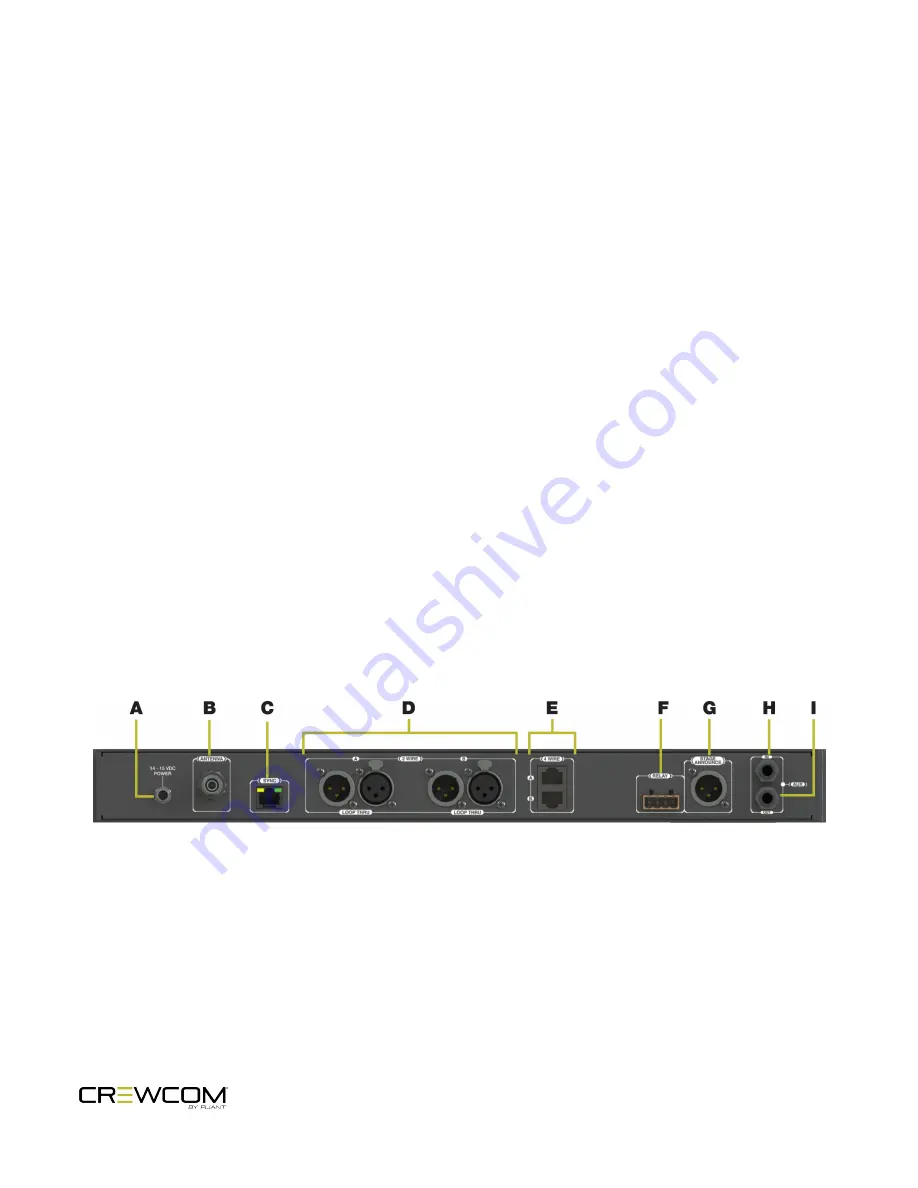
E.
Home Button:
If the user is currently viewing the Home operating screen, pressing this button
toggles to the secondary operating screen. (See
"BaseStation Display" on page 15
.) If the user is
currently viewing the CU menu, pressing this button returns them to the Home screen. This also
serves as an escape button; no changes that may have been in process are saved if
Home
is
pressed before saving.
F.
Menu Button:
Accesses the main menu system of the BaseStation. While in the menu system,
one press acts as an escape to return the user to the previous menu without saving any changes.
(See
.)
G.
Navigational Controls:
l
Up – Moves the cursor or marker up on-screen; makes adjustments in edit mode.
l
Down – Moves the cursor or marker down on-screen; makes adjustments in edit mode.
l
Left – Moves the cursor or level setting to the left on-screen.
l
Right – Moves the cursor or level setting to the right on-screen.
l
Enter (Center) – Selects the current cursor position or saves the current setting adjustment.
H.
USB Micro B:
For connectivity to a PC for firmware updates via the Firmware Updater
Application. (See
for more information about the firmware update
process.)
I.
USB A:
For Radio Pack pairing, using a USB-to-Micro-USB cable.
J.
On/Off Switch:
Turns the power to the BaseStation on and off.
CB2 BaseStation Rear
Figure 2
BaseStation Rear
A.
DC Power Connection:
14 VDC, 1.2 A
B.
Antenna Connection:
RP-TNC (Connector)
Product Overview - 13






























